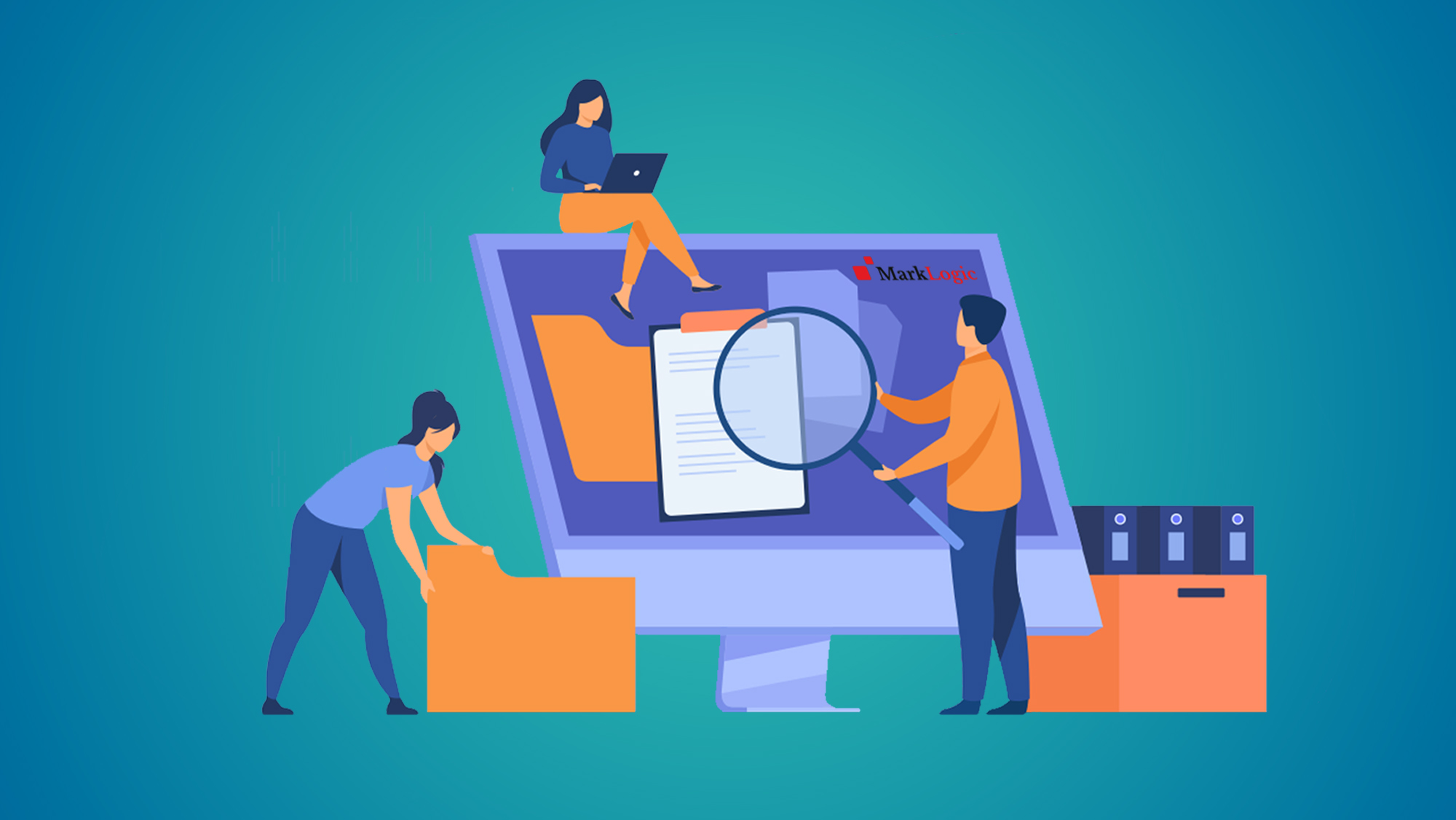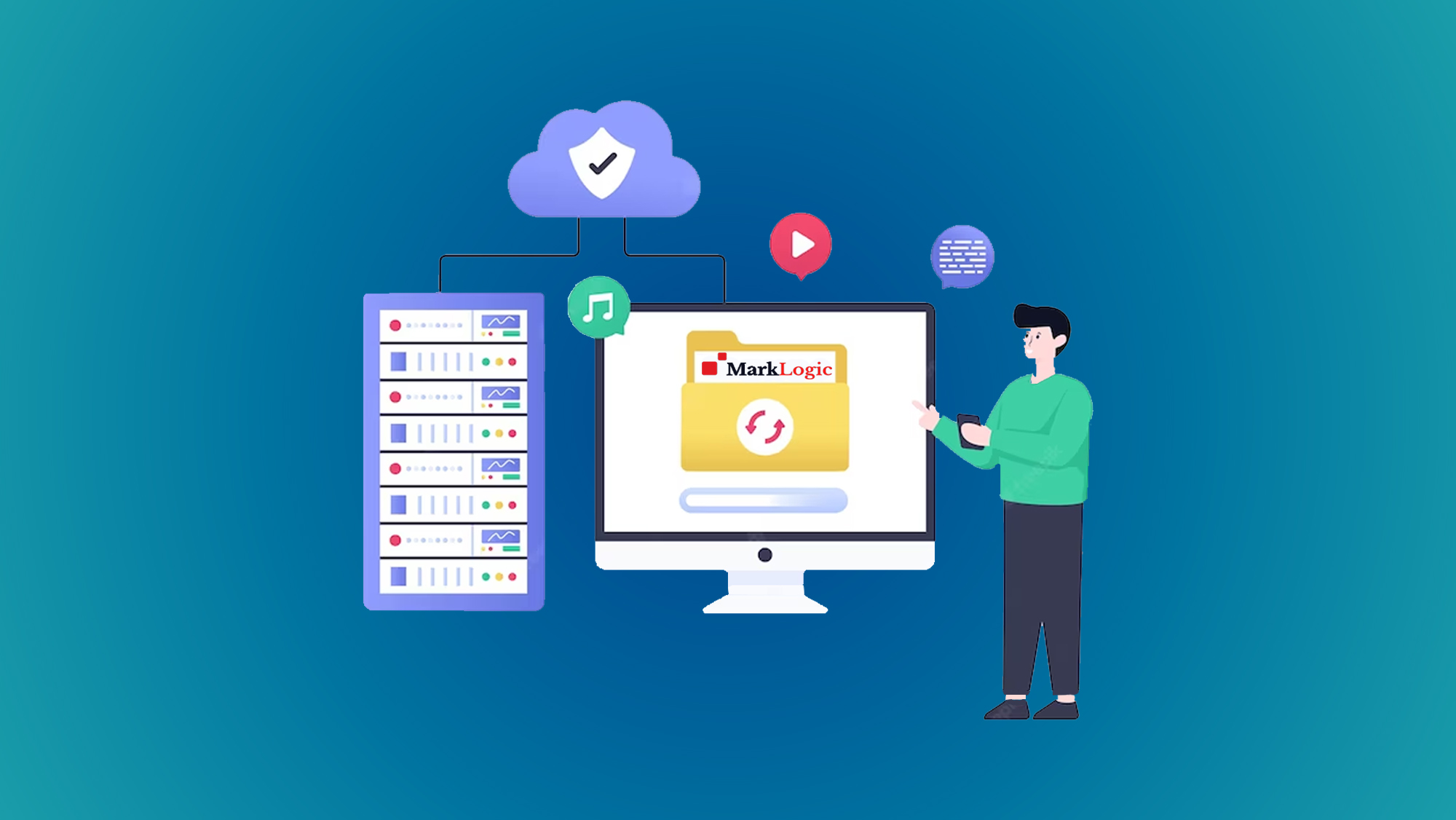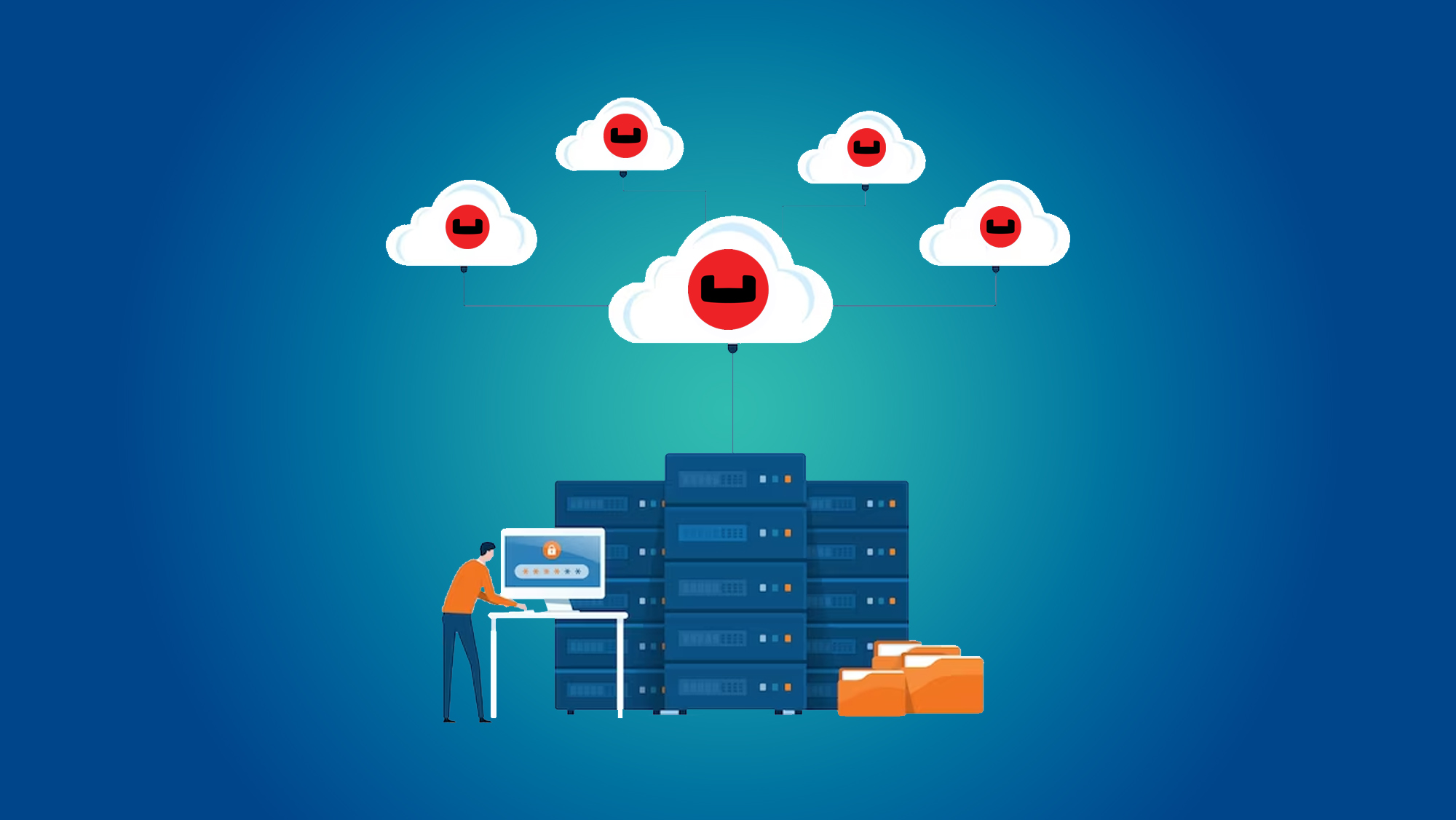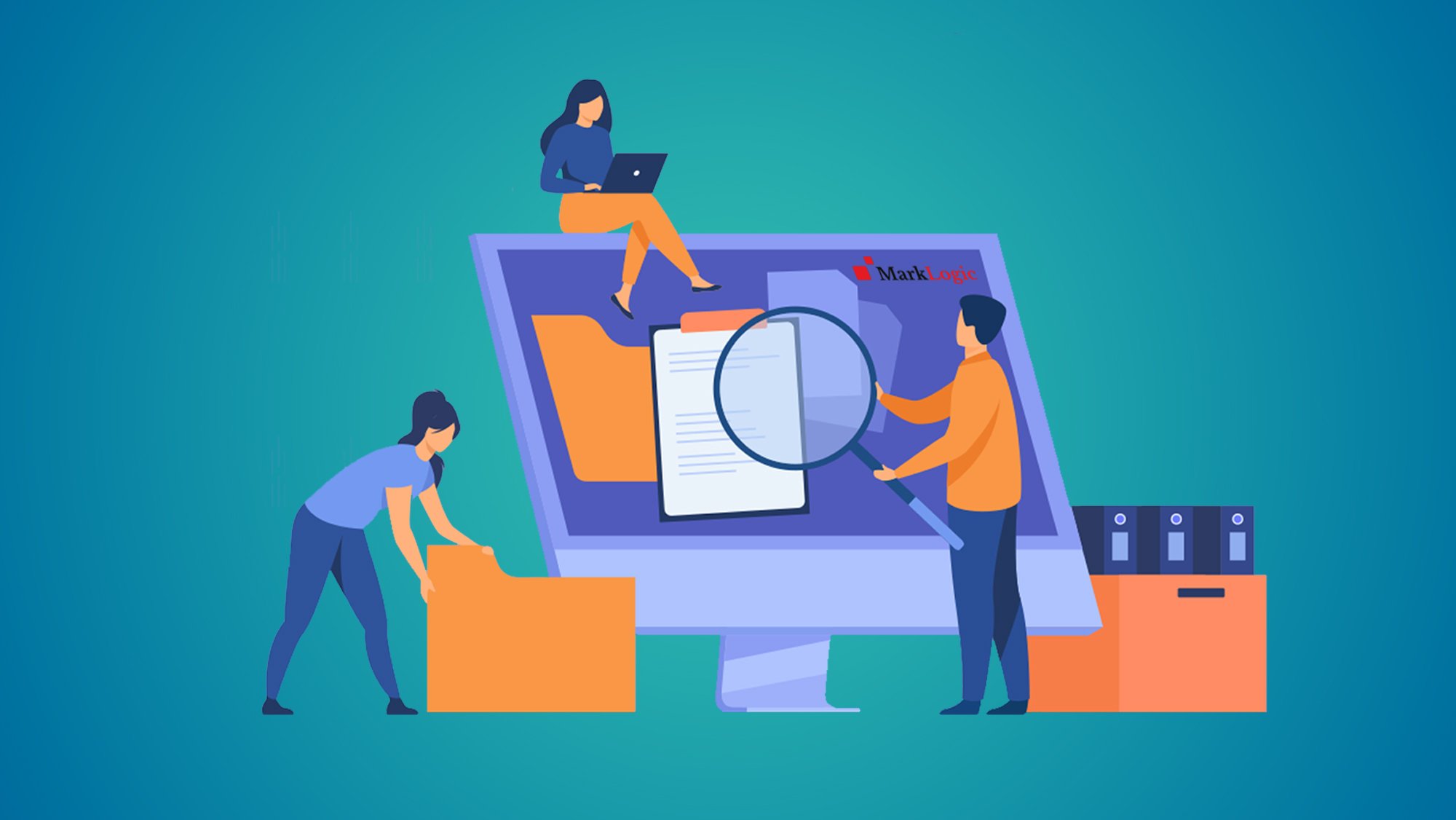Building Robust Applications with MarkLogic: Expert Tips for Success
Introduction:
In the realm of data-driven applications, MarkLogic stands as a stalwart, enabling organizations to harness the power of data for intelligent decision-making and innovation. Its unique combination of database, search, and semantics capabilities makes it a potent tool for building robust and high-performing applications. In this comprehensive guide, we'll explore expert tips and strategies for successfully building applications with MarkLogic that stand the test of time and deliver exceptional value.
Understanding MarkLogic: A Brief Overview
MarkLogic is a NoSQL database that excels in handling diverse and complex data. It goes beyond traditional databases by seamlessly integrating data semantics and full-text search capabilities. This allows developers to create sophisticated applications that can ingest, manage, and analyze data with unparalleled efficiency and speed.
Data Modeling and Semantics:
- Leverage Semantics for Rich Context: MarkLogic's built-in semantics capabilities enable you to go beyond simple keyword-based search. By modeling data with relationships, attributes, and ontologies, you can create applications that understand the context of information, leading to more accurate and insightful results.
- Design Flexible Data Models: Design your data models with flexibility in mind. MarkLogic's schema-agnostic nature allows you to accommodate evolving data structures without the need for extensive migrations, providing agility in application development.
Efficient Data Ingestion and Integration:
- Optimize Data Ingestion: Efficient data ingestion is crucial for application performance. Use MarkLogic's data loading tools and techniques to streamline the process of importing and indexing data, ensuring smooth and rapid data access.
- Integration with External Systems: MarkLogic's robust integration capabilities allow you to seamlessly connect with external systems and data sources. Leverage REST APIs, connectors, and data transformation tools to ensure a cohesive data ecosystem.
Performance Optimization:
- Indexing Strategies: Choosing the right indexing strategy is key to achieving optimal performance. Determine the most suitable indexes based on your application's query patterns to ensure fast and accurate data retrieval.
- Caching and Query Optimization: Employ caching mechanisms to store frequently accessed data, reducing the need for repeated database queries. Additionally, optimize queries to take advantage of MarkLogic's advanced search features and efficient query execution.
Security and Governance:
- Granular Security: MarkLogic offers granular security controls, allowing you to define access permissions at the document and attribute levels. Implement a robust security framework to safeguard sensitive data and ensure compliance with regulatory requirements.
- Auditing and Monitoring: Enable auditing and monitoring features to track user activities and changes to the data. This enhances transparency and accountability within your application.
Scalability and High Availability:
- Horizontal Scalability: Design your application architecture for horizontal scalability, leveraging MarkLogic's ability to distribute data across multiple nodes. This ensures your application can handle increasing data volumes and user loads.
- Replication and Failover: Implement replication and failover mechanisms to ensure high availability and data redundancy. MarkLogic's clustering capabilities allow you to create robust, fault-tolerant systems.
Continuous Learning and Collaboration:
- Stay Updated with MarkLogic: MarkLogic is a dynamic platform that evolves over time. Stay informed about new features, updates, and best practices by engaging with the MarkLogic community, attending webinars, and exploring documentation.
- Collaborate with Experts: Engage with experienced MarkLogic developers and experts to gain insights, share knowledge, and address challenges. Collaboration can accelerate your learning curve and help you overcome complex obstacles.
Conclusion:
MarkLogic empowers developers to build applications that transcend traditional database limitations. By embracing data semantics, efficient ingestion, performance optimization, robust security, scalability, and continuous learning, you're equipped to create applications that drive innovation and transform industries.
As you embark on your journey of building robust applications with MarkLogic, you're not just constructing software; you're architecting the future of data-driven applications. By following these expert tips and strategies, you can unlock the full potential of MarkLogic, harnessing its capabilities to create applications that stand as pillars of success in a data-centric world.
You May Also Like
These Related Stories

Demystifying MarkLogic: A Comprehensive Guide to NoSQL Power

Everything You Need to Know About MarkLogic Training




No Comments Yet
Let us know what you think